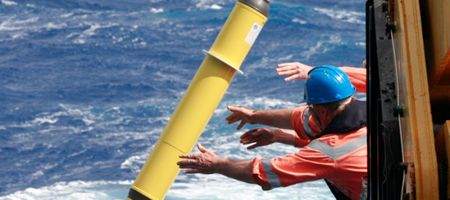Dry places are getting drier and wet ones wetter, say scientists, as the global rainfall and evaporation cycle accelerates.

Dr Paul Durack and his team looked at observed ocean salinity changes and the relationship between salinity, rainfall and evaporation in climate models.
They’ve established that the water cycle strengthened by four per cent between 1950 and 2000 – twice as much as is projected by current generation global climate models.
“These changes suggest that arid regions have become drier and high rainfall regions have become wetter in response to observed global warming,” says Durack, a post-doctoral fellow at the Lawrence Livermore National Laboratory.
With a projected temperature rise of 3ºC by the end of the century, the researchers estimate that a 24 percent acceleration of the water cycle is possible.
“The ocean matters to climate – it stores 97 percent of the world’s water; receives 80 percent of the all surface rainfall; and it has absorbed 90 percent of the Earth’s energy increase associated with past atmospheric warming,” says Dr Richard Matear of the Commonwealth Scientific and Industrial Research Organisation (CSIRO).
“Warming of the Earth’s surface and lower atmosphere is expected to strengthen the water cycle largely driven by the ability of warmer air to hold and redistribute more moisture.”
The patterns aren’t uniform, with wet regions getting wetter and dry regions drier – a significant risk to human societies and ecosystems.
“Changes to the global water cycle and the corresponding redistribution of rainfall will affect food availability, stability, access and utilization,” says Durack.






